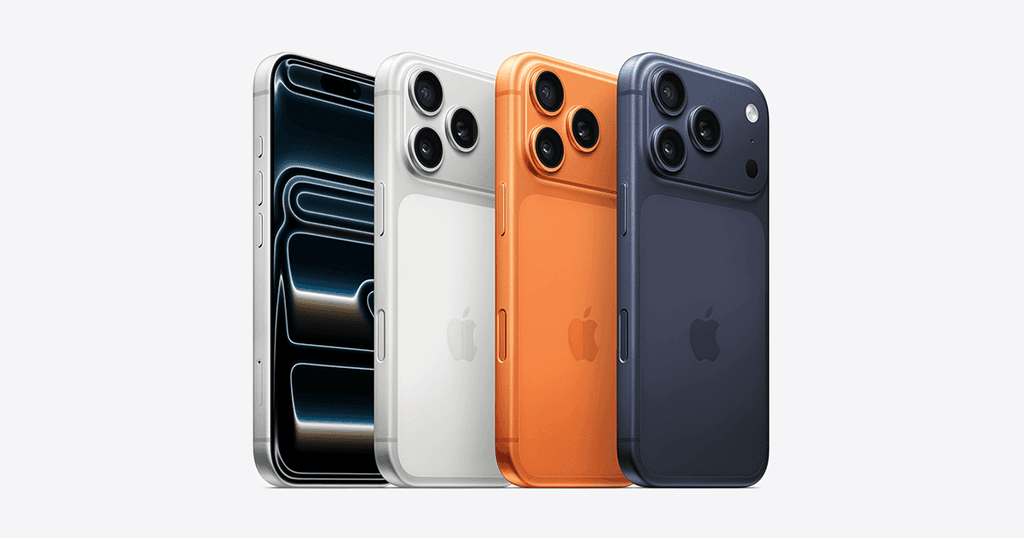Apple’s iPhone 17 just hit stores, but tech watchers are already looking ahead to what’s coming next year. Based on early reports from reliable sources, the iPhone 18 could bring several meaningful changes when it launches in 2026.
Smaller Screen Cutout and Face ID Changes
The most consistent rumor suggests the iPhone 18 will feature a smaller Dynamic Island – the pill-shaped cutout at the top of the screen. According to Chinese leaker Instant Digital, who correctly predicted features like the iPhone 17 Pro’s vapor chamber cooling, this reduction would give users slightly more screen space. However, contradictory reports exist about under-display Face ID technology.
While some outlets claim it will arrive with the iPhone 18 Pro, MacRumors and several analysts believe this feature won’t appear until the iPhone 19 or later. Instead, the smaller Dynamic Island appears to be a stepping stone toward Apple’s rumored goal of an all-glass display in future models.
Performance and Connectivity Improvements
The iPhone 18 is expected to feature Apple’s A20 processor built on a new 2-nanometer (N2) manufacturing process. This chip could deliver approximately 15% better performance while using around 30% less power compared to current models.
Another significant change involves Apple replacing Qualcomm’s modem with their own C2 design across the entire lineup. This in-house modem would handle all cellular connections, potentially improving battery life and signal performance through better integration with Apple’s hardware and software.
Camera Upgrades for Pro Models
Supply chain analyst Ming-Chi Kuo reports that the main 48-megapixel camera on iPhone 18 Pro models will gain variable aperture capability. This would let users control how much light passes through the lens, similar to features found on traditional cameras. In practical terms, this could mean better low-light photos and more control over depth of field, though the small size of smartphone camera sensors may limit dramatic effects.
Similar posts
Design Tweaks
According to Digital Chat Station, a leaker with a solid track record, the iPhone 18 Pro will keep the same overall design as the iPhone 17 Pro, including its display sizes (6.3-inch for Pro and 6.9-inch for Pro Max). However, they mention one intriguing change – a “slightly transparent” area on the back glass, possibly around the MagSafe charging area. The exact purpose remains unclear but could be related to aesthetics or cooling improvements.
Pro models are also expected to retain the vapor chamber cooling system introduced in the iPhone 17 Pro, which helps maintain performance during demanding tasks like gaming or video recording.
Launch Strategy
Multiple reports suggest Apple may adopt a staggered release schedule. The Pro models might arrive in September 2026 as usual, while the standard iPhone 18 and a budget-friendly iPhone 18e could follow in early 2027.
Apple’s First Foldable?
Perhaps the most speculative rumor involves Apple potentially launching its first foldable iPhone alongside or shortly after the iPhone 18 lineup. Timelines vary between fall 2026 and spring 2027, with pricing expected around $2,000. Reports mention premium materials like a titanium hinge and a design focused on minimizing the visible crease that plagues many current foldable phones.
While these details paint an interesting picture of what’s coming next year, Apple’s plans can always change before launch. The smaller Dynamic Island and A20 processor improvements seem most likely based on Apple’s typical evolution pattern, while under-display Face ID and foldable models remain less certain for 2026.







